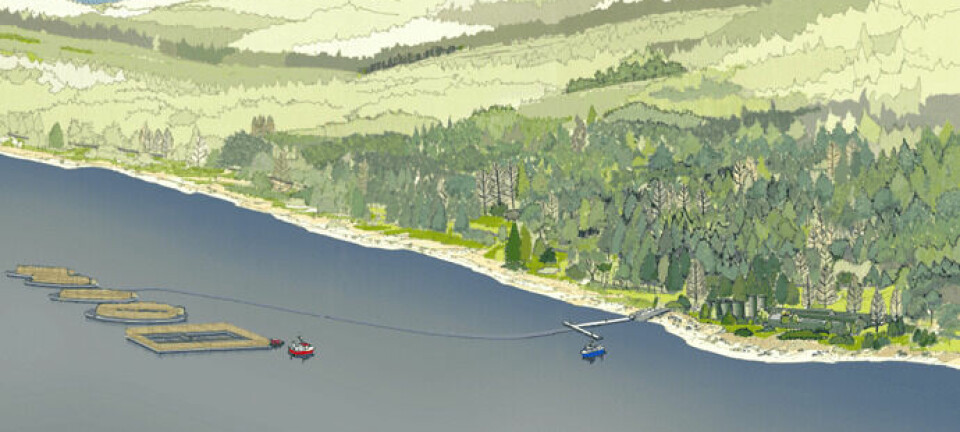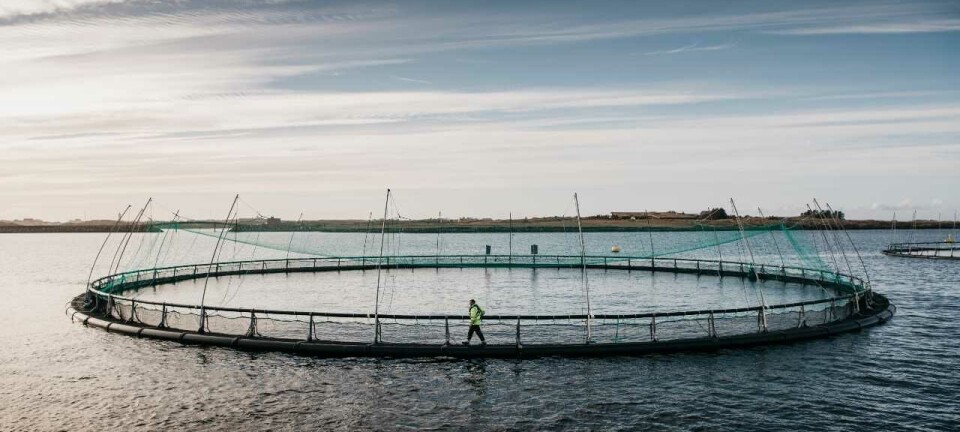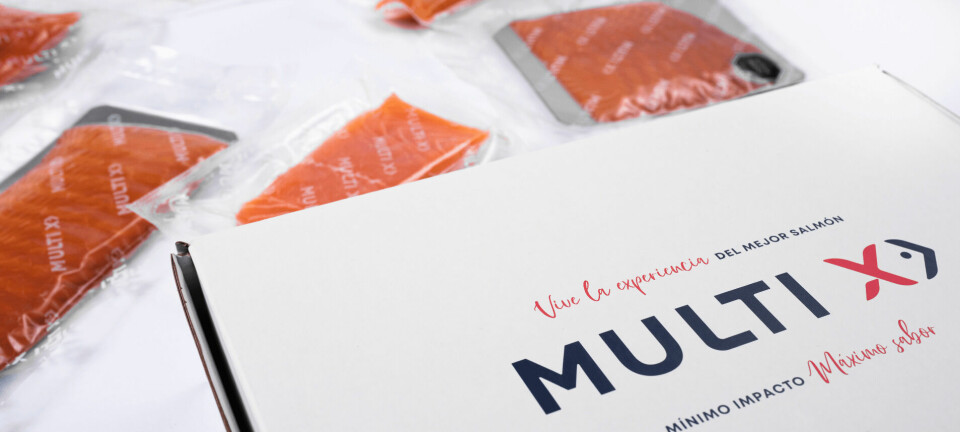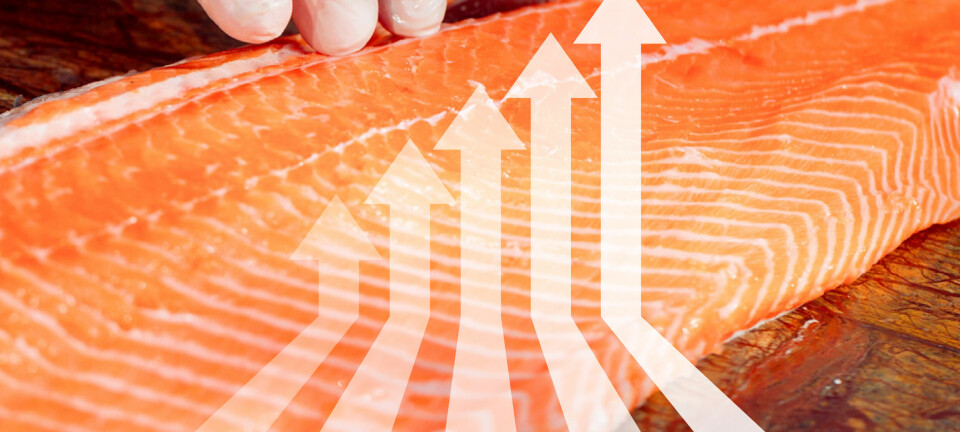
Bluefin tuna on the aquaculture radar screen- again
Many attempts of reproducing the most sought-after species of tuna have been published in recent years, but this initiative by two North European businessmen is unique in as much as reproduction and fertilization of eggs was achieved without the use of hormones, as Colin Sullivan of Greenwire explains;
What do you get when you combine two entrepreneurs from Iceland with fish farms in Croatia and Mexico? The answer: a possible solution to a raging international battle over imperilled bluefin tuna.
Oli Valur Steindorsson and Karl Petur Jonsson started Umami Sustainable Seafood in 2010 and moved the company to San Diego with the idea that they would push back on the bluefin's drift toward extinction from the sushi-loving West Coast. This summer, their company became among the first to spawn the species in captivity without the use of hormones, bringing the firm a step closer to mass rancher-style commercialization.
If they can pull it off, the potential for profit is enormous. Bluefin tuna stocks in the Atlantic Ocean and Mediterranean have collapsed in the last several decades, spurring calls for a ban on fishing and a declaration by the World Wildlife Fund that the fish is "on the brink of extinction." In the eastern Atlantic and the Mediterranean, bluefin stocks dropped 60 percent from 1997 to 2007, and though the United States has opted to not list the fish as endangered, the National Oceanic and Atmospheric Administration is keeping an eye on the species and expects to revisit its status in two years.
Enter Oli and Karl. In an interview here, the businessmen pitched their breakthrough this summer as a mere first step in a process that may take 10 years to raise expensive tuna in big numbers. But they were confident that one day the highly migratory bluefin will be farmed, much like other popular fish.
Steindorsson, the founder and CEO of Umami, said the company has developed "a special technique" for farming bluefin in captivity that he hopes will lead to keeping the fish alive in greater numbers without the use of hormones. The company has so far produced millions of eggs that have hatched into larvae on Croatia's Adriatic coast, with the idea that the process will be replicated in Mexico for Pacific stocks of bluefin. The challenge from here, Steindorsson explained, is rearing this "very, very delicate fish" despite its lengthy sexual maturation process, highly migratory nature and potential vulnerability to diseases that often arise in fish farms. "This is not like an Intel chip. This is biological," he said. "We have to respect the laws of nature."
Attempts to rear bluefin are not new, but the claim that it is had been done naturally or is even possible without hormones is unique. Up until now, aquaculture farms around the world have been able to fertilize eggs with the use of the gonadotroptin-releasing hormone, which is thought to be key to the fish's reproduction but fails to function properly when the highly mobile species is in captivity.
After that, keeping the fish alive is an entirely bigger challenge. Maria Jose Cornax, fisheries campaign manager at the environmental group Oceana Europe, said it is one thing to demonstrate fertilization and quite another to raise actual adult fish for commercial markets. "Bluefin aquaculture is not a solution for anything. It is just a business," he said. "There are already many successful attempts around the world to raise bluefin in captivity, and all of them face the same problem: the high demand of wild proteins that bluefin tuna requires for its growth."
For each kilogram of bluefin raised in captivity, between 15 and 20 kilograms of wild captured fish is needed to feed it, he said. So that could mean fish ranchers are "just exchanging one fish for another, neither providing a solution for world's oceans problems, nor for the bluefin stocks." Steindorsson says his special process has lowered this "fish-to-fish" ratio to about 13 kilograms. He also readily admits a ban on fishing for wild bluefin would benefit his company if he is able to raise them in captivity, but he insists the firm is committed to a "balance" that would seek to increase fishing jobs, restore the bluefin and not violate environmental laws. He cites his upbringing as the child of fishermen in Iceland, where he says sustainability was learned the hard way when locals overfished stocks of Atlantic cod. "That term [sustainability] had not been coined at that time, but to hold up the GDP of our country, it became apparent to everyone that Iceland would have to do something about the magnitude of fishing that was going on," he said.
In the early 1990s, a quota system was implemented for Atlantic cod that cut annual fishing by as much as 70 percent. Steindorsson says that led to a consolidation of fisheries that ultimately has been beneficial for the fish (which has recovered) as well as the Icelandic fishing economy. He sees the same dynamic in play for bluefin, though the stakes are potentially much higher, given its sashimi-grade popularity in sushi restaurants, especially in Japan and the United States. "If there were an international ban, we would make huge amounts of money," he said. "But we're not camping for one night. It's good for our business if there were a better balance."
When the Obama administration decided earlier this year to reject endangered status for the bluefin, officials at NOAA cited an expected 2013 stock assessment by the Madrid-based International Commission for the Conservation of Atlantic Tunas (ICCAT). The assessment will cover the eastern and western sides of the Atlantic and Mediterranean. NOAA said new catch requirements from ICCAT had to play out before endangered status would be reviewed again in two years. NOAA, then, is placing its faith in ICCAT, which as an organization has been feeling heat from environmental groups that want more protection for the bluefin as well as from European countries that have objected to tighter fleet regulations.
The 2013 assessment is seen as crucial, especially because the impact of the oil spill in the Gulf of Mexico -- where western Atlantic bluefin tuna spawn -- will not be apparent until then. Jonsson, the vice president of communications at Umami, says his company is "in it for that journey" until the ICCAT rebuilding plan for bluefin ends in 2023. "The stocks should have reached their historical time point" by then, he said. Yet the ICCAT restrictions, which include electronic monitoring by 2012, are only as strong as the countries that have pledged to implement them. Japan, for instance, promised to ban all imports of bluefin that exceed the ICCAT quota, but only after the country effectively derailed an attempt in Paris to ban international trading of bluefin tuna under the Convention on International Trade in Endangered Species.
Cornax said the "bluefin circus" that had characterized much of ICCAT's management actions in the recent past appears to have given way to "significant improvements if we compare the situation in 2011 with the 'dark ages.'" "Control has significantly increased, and catches have significantly lowered," he said. "However, we are still far from an ideal situation where the stock is fully recovered from overexploitation, the fleet capacity is aligned and balanced with the resource availability, and illegal fishing doesn't exist."
Cornax adds that parties to ICCAT should have learned a lesson with respect to bluefin and should buy into the notion of managing the species. "Bearing in mind that 90 percent of the top predators of world's oceans are already gone due to overfishing, it's time to show that we learned the bluefin tuna lesson and that ICCAT states are willing to prevent other species facing the same situation," he said.
Steindorsson, for his part, insists his company is committed to sustainable methods but also sees itself filling a need that will get much more attention in coming decades. Open-ocean aquaculture may be viewed dimly by some, especially in the United States, but he says fish-farming operations are a reality the public will have to accept as food scarcity becomes potentially more prevalent around the world.
"Many people aren't thinking too much about it today, but in 20 or 30 years, this will be a major issue," he said. "I have not met many Americans who think aquaculture is a great thing to do ... but we are not afraid to be the first to take the heat."























































